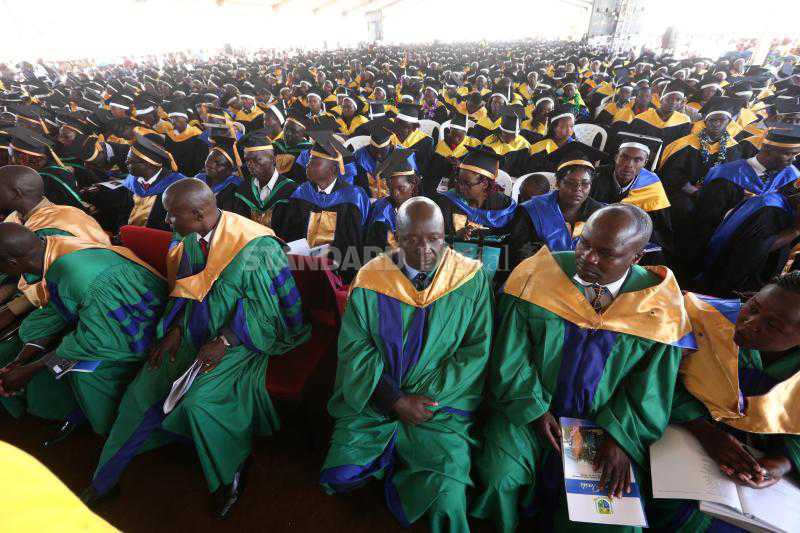×
The Standard e-Paper
Smart Minds Choose Us

The recent admissions have exposed public universities that offer programmes that few students are interested in.
Analysis of the placement data released by the Kenya Universities and Colleges Central Placement Service (KUCCPS) showed that some courses did not attract any students, raising questions why taxpayers’ money should be spent to sustain them. The costs include paying for lecturers and facilities.